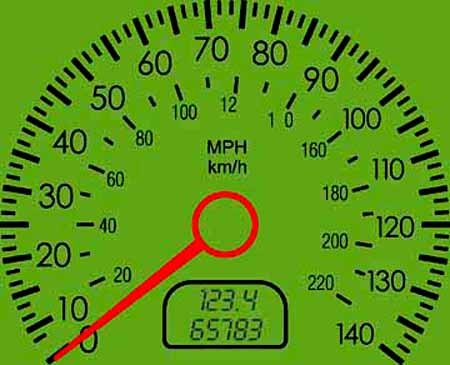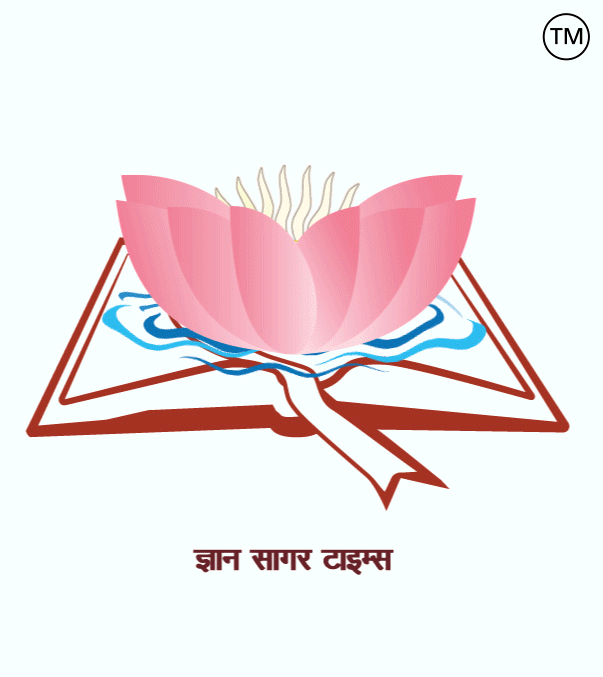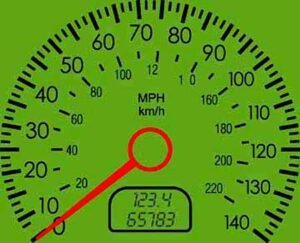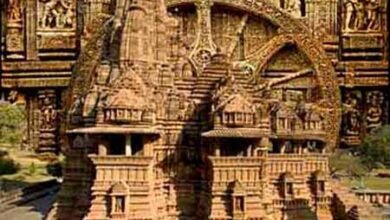
Related to Physics-180.
|
1. Who discovered Vernier Calipers? = Pierre Vernier (French mathematician). 2. Which instrument is used to measure one-tenth of a millimetre? = Vernier Calipers. 3. Whose unit is the Gram? = Mass. 4. What is the fixed velocity of an object? = Constant velocity. 5. What is the unit of pressure? = Newton/m2 or Pascal (Pa). 6. Those quantities that only need quantity to be expressed fully? = Scalar quantity. 7. What quantities require direction and quantity to express them fully? = Vector quantity. 8. Examples of Vector quantity? = Displacement, velocity, acceleration, momentum, force etc. 9. Examples of Scalar quantity? = Mass, distance, speed, time, work, energy etc. 10. Dimensions of force? = [MLT-2]. 11. What is the maximum value of the resultant force and when? = The maximum value is F = F1 + F2 while the force is acting in the same direction while θ = 0°. 12. A refractive medium that is surrounded by two curves or a curve and a plane surface is called? = Lens. 13. What are the types of lenses? = a. Convex lens b. Concave lens. 14. Convex lens have a different focus? = Positive. 15. What is the focus of a concave lens? = Negative. 16. The efficiency of spreading or shrinking light rays by a lens is called? = Lens Capacity (P = 1 / f). 17. When a body is thrown upwards from the surface of the earth, it does cross the gravitational field and does not come back to the earth, it is called? = Escape velocity. 18. What is the ability of an object to perform its work, it is called? = Energy. 19. The instrument by which the speed of rotation was measured? = Tachometer. 20. How is frequency measured? = Frequency is measured in Hertz. 21. Which types of waves are like gamma, x, ultraviolet and infrared etc.? = Electromagnetic wave. 22. On what properties does the speed of sound depend? = Density, temperature and elasticity of the medium. 23. Which is used to determine the speed of a plane? = Airspeed indicator – Anemometer. 24. Which cannot move in a vacuum? = Sound. 25. Which waves are used in sonography? = High-frequency sound waves- Ultrasonic waves. 26. Whose statement is ‘Good absorbers are good emitters’? = Kirchoff. 27. Which change does not change the temperature of a substance? = Change of state (melting of solids). 28. What is the conversion of vapour into liquid at a certain temperature? = Condensation. 29. Converting a liquid into vapour at a certain temperature is called evaporation, and this certain temperature is called? = Boiling point. 30. What is the heat required to change the state of matter at a fixed temperature? = Latent heat.
Prof. Amarendra Kumar. ========== ========= =========== भौतकी से संबंधित-180. 1. वर्नियर कैलीपर्स की खोज किसने की थी? = पियरे वर्नियर (फ्रांसीसी गणितज्ञ). 2. एक मिलीमीटर के दसवें भाग को मापने के लिए किस उपकरण का प्रयोग करते हैं? = वर्नियर कैलीपर्स. 3. ग्राम किसका मात्रक है? = द्रव्यमान. 4. नियत वेग को वस्तु का कहते हैं? = निरंतर वेग. 5. दाब का मात्रक होता है? = न्यूटन/मी2 (पास्कल). 6. वे राशियाँ , जिन्हें पूर्णतः व्यक्त करने के लिए केवल परिमाण की आवश्यकता होती है उसे? = अदिश राशि. 7. वे राशियाँ , जिन्हें पूर्णतः व्यक्त करने के लिए परिमाण के साथ – साथ दिशा की भी आवश्यकता होती है उसे? = सदिश राशि. 8. सदिश राशि के उदाहरण? = विस्थापन, वेग, त्वरण, संवेग, बल आदि. 9. अदिश राशि के उदाहरण? = द्रव्यमान, दूरी, चाल, समय, कार्य, ऊर्जा आदि. 10. बल की विमाएँ ? = [MLT-2]. 11. परिणामी बल का अधिकतम मान कितना और कब होता है? = बल की एक ही दिशा में कार्यरत हों तब अधिकतम मान F = F1 + F2 जबकि θ = 0°. 12. एक अपवर्तक माध्यम है जो दो वक्र अथवा एक वक्र एवं एक समतल सतह से घिरा हो उसे कहते हैं? = लेंस. 13. लेंस कितने प्रकार के होते हैं? = a. उत्तल लेंस b. अवतल लेंस. 14. उत्तल लेंस की फोकस दुरी होती है? = धनात्मक. 15. अवतल लेंस की फोकस दुरी होती है? = ऋणात्मक. 16. किसी लेंस द्वारा प्रकाश किरणों को फैलाने या सिकोड़ने की दक्षता को कहा जाता है? = लेंस क्षमता (P = 1/f). 17. जब किसी पिंड को पृथ्वी की सतह से ऊपर की ओर फेके जाने पर वह गुरूत्वीय क्षेत्र को पार कर वापस पृथ्वी पर नहीं आता है उसे कहते हैं? = पलायन वेग. 18. किसी वस्तु में उसके गति के कारण जो कार्य करने की क्षमता आ जाती है, उसे कहते हैं? = ऊर्जा. 19. घूमने की गति को किस उपकरण से मापा जाता है? = टैकोमीटर. 20. आवृत्ति को कैसे मापा जाता है? = आमतौर पर हर्ट्ज़ (Hz) द्वारा मापा जाता है. 21. गामा, एक्स, पराबैगनी तथा अवरक्त इत्यादि कैसे तरंग है? = विद्युत चुम्बकीय तरंग. 22. ध्वनि की चाल किन गुणों पर निर्भर करती है? = घनत्व, तापक्रम तथा माध्यम के प्रत्यास्था. 23. विमान की चाल को निर्धारित करने के लिए किसका उपयोग किया जाता है? = एनिमोमीटर. 24. निर्वात् में कौन गमन नहीं कर सकता है? = ध्वनि. 25. सोनोग्राफी में किन तरंगों का उपयोग किया जाता है? = पराश्रव्य तरंगों. 26. ‘अच्छे अवशोषक ही अच्छे उत्सर्जक होते हैं’ या किसने कहा था? = किरचौफ. 27. किस परिवर्तन में पदार्थ का ताप नहीं बदलता है? = अवस्था परिवर्तन (ठोस पदार्थ का पिघलना). 28. निश्चित ताप पर वाष्प का द्रव में बदलने को कहते हैं? = संघनन. 29. निश्चित ताप पर द्रव का वाष्प में बदलना वाष्पन कहलाता है, तथा इस निश्चित ताप को कहते हैं? = क्वथनांक. 30. नियत ताप पर पदार्थ की अवस्था में परिवर्तन के लिए आवश्यक उष्मा को कहते हैं ? = गुप्त उष्मा.
प्रो. अमरेंद्र कुमार.
|






